Home>Gardening & Outdoor>Garden Tools & Equipment>How Loud Is A Leaf Blower In Decibels
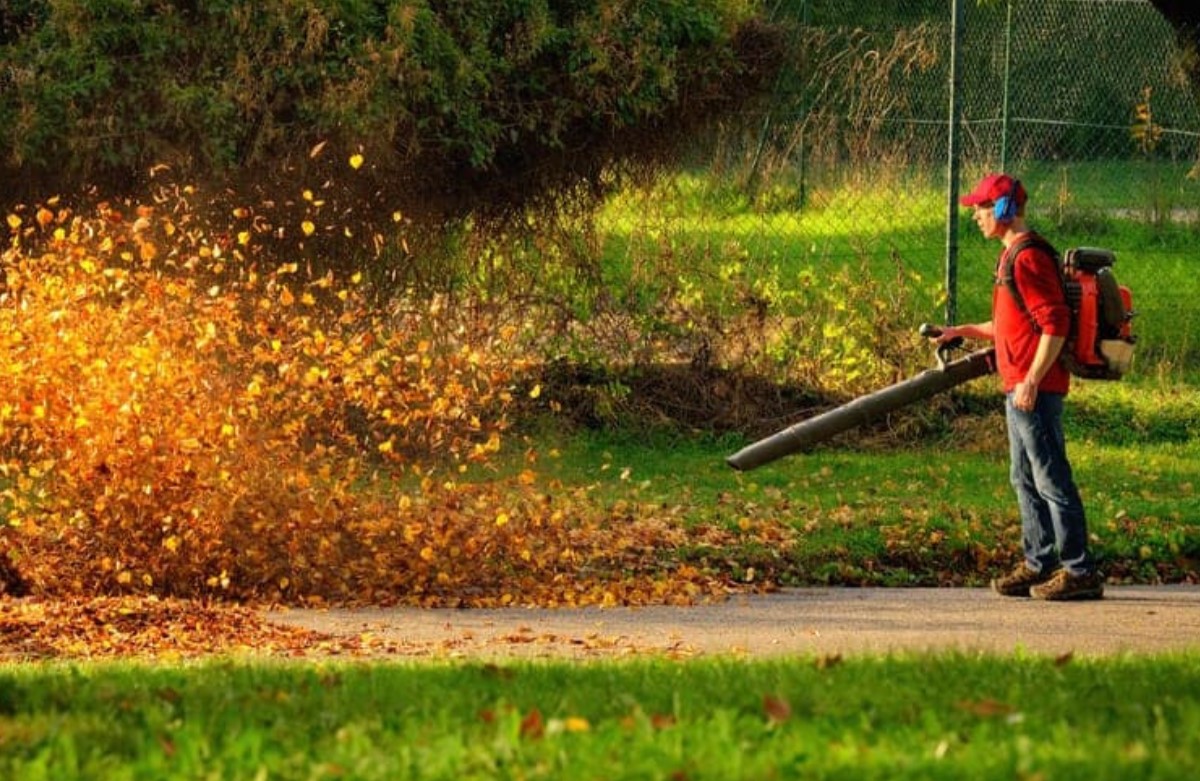

Garden Tools & Equipment
How Loud Is A Leaf Blower In Decibels
Modified: February 18, 2024
Discover the noise level of leaf blowers in decibels and how it impacts your outdoor environment. Explore the best garden tools and equipment for a quieter and more peaceful yard.
(Many of the links in this article redirect to a specific reviewed product. Your purchase of these products through affiliate links helps to generate commission for Storables.com, at no extra cost. Learn more)
Introduction
If you've ever used a leaf blower, you know that these powerful tools can make quite a racket. The noise they produce is not only a nuisance to those in the vicinity but can also have broader implications for the environment and public health. In this article, we'll delve into the world of leaf blower noise, specifically focusing on the decibel levels these machines generate.
Leaf blowers are a ubiquitous sight in gardens, parks, and landscaping projects. They offer a convenient way to clear leaves, debris, and grass clippings from outdoor spaces, but their noise levels often spark debates and concerns. Understanding the decibel levels of leaf blowers is crucial for both users and those affected by the noise.
In the sections that follow, we'll explore the concept of decibels, examine the noise levels of common leaf blowers, discuss the impact of noise pollution, and provide practical tips for reducing leaf blower noise. By the end of this article, you'll have a comprehensive understanding of how loud leaf blowers can be and how to mitigate their noise impact.
Key Takeaways:
- Leaf blowers can reach noise levels of 60 to 110 dB, similar to a busy city street. Understanding decibels helps us make informed choices to minimize noise pollution.
- Gas leaf blowers are noisier than electric ones, reaching 95 to 115 dB. Choosing quieter models and mindful usage can create a more harmonious outdoor environment.
Read more: How To Start Leaf Blower
Understanding Decibels
Decibels, often abbreviated as dB, are the unit of measurement used to quantify the intensity of sound. This logarithmic scale is designed to reflect the sensitivity of the human ear to different levels of sound. The threshold of hearing is set at 0 dB, with each increase of 10 dB representing a tenfold increase in sound intensity. For example, a sound measured at 20 dB is ten times more intense than a sound measured at 10 dB.
When it comes to leaf blowers, it’s essential to understand the decibel levels they produce. The noise output of these machines can vary significantly depending on factors such as the type of blower, its engine power, and the distance from the source of the noise. Leaf blowers typically fall within the range of 60 to 110 dB, with gas-powered models generally being louder than electric ones.
To put these numbers into perspective, a normal conversation at a distance of 3 feet registers at approximately 60 dB, while a busy city street can reach around 85 dB. Exposure to sounds exceeding 85 dB for an extended period can lead to hearing damage, making it crucial to assess and manage the noise levels of leaf blowers, especially in residential areas and public spaces.
Understanding decibels allows us to gauge the potential impact of leaf blower noise on our surroundings and take appropriate measures to minimize its effects. In the next section, we’ll delve into the specific noise levels of common leaf blowers, shedding light on the varying degrees of noise pollution they can generate.
Noise Levels of Common Leaf Blowers
Leaf blowers come in various types, each with its own noise profile. Gas-powered leaf blowers, known for their robust performance, tend to produce higher decibel levels compared to their electric counterparts. On average, gas leaf blowers can generate noise ranging from 95 to 115 dB, with some industrial models reaching even higher levels. In contrast, electric leaf blowers typically operate at a quieter range of 65 to 85 dB, making them a more favorable option for noise-conscious users.
It’s important to note that the noise level of a leaf blower is not solely determined by its power source. Factors such as the design of the machine, the efficiency of its motor, and the presence of noise-reducing features also play a significant role in shaping its acoustic footprint. Some manufacturers prioritize noise reduction in their leaf blower designs, incorporating advanced engineering techniques and sound-dampening materials to mitigate the impact of their products on the surrounding environment.
When selecting a leaf blower, it’s advisable to consider not only its performance but also its noise output, especially if you’ll be using it in residential areas or noise-sensitive locations. Understanding the decibel levels of common leaf blowers empowers users to make informed choices, balancing their need for functionality with a commitment to minimizing noise pollution.
By being mindful of the noise levels associated with different types of leaf blowers, individuals and landscaping professionals can contribute to creating quieter and more harmonious outdoor environments. In the subsequent section, we’ll explore the broader implications of noise pollution and its effects on both human well-being and the ecosystem.
Impact of Noise Pollution
Noise pollution, including that generated by leaf blowers, can have far-reaching consequences for both human health and the natural world. Prolonged exposure to high levels of noise can lead to various health issues, including heightened stress levels, disturbed sleep patterns, and an increased risk of cardiovascular problems. In residential areas, excessive noise from leaf blowers can disrupt the tranquility of neighborhoods, impacting the quality of life for residents and diminishing their overall well-being.
Furthermore, noise pollution can disturb wildlife and have adverse effects on ecosystems. Birds, small mammals, and insects may be particularly sensitive to loud and persistent noises, which can disrupt their natural behaviors, communication, and reproductive patterns. In urban and suburban environments, where leaf blowers are commonly used, the cumulative impact of noise pollution can fragment habitats and contribute to the decline of certain species, thereby disrupting the delicate balance of local ecosystems.
Recognizing the multifaceted impact of noise pollution underscores the importance of addressing and mitigating the sources of excessive noise, including those associated with leaf blower usage. By understanding the implications of noise pollution, individuals and communities can take proactive measures to minimize their contribution to environmental noise and promote a healthier, more harmonious coexistence with nature.
In the following section, we’ll delve into practical tips for reducing leaf blower noise, offering actionable strategies for mitigating the impact of these tools on both human and environmental well-being.
Tips for Reducing Leaf Blower Noise
While leaf blowers are valuable tools for outdoor maintenance, their noise levels can be a cause for concern. Fortunately, there are several strategies that users can employ to minimize the noise generated by these machines, fostering a quieter and more considerate approach to landscaping and gardening activities.
Read more: What Is A Leaf Blower
1. Choose Quieter Models:
When selecting a leaf blower, opt for models specifically designed with reduced noise emissions. Electric leaf blowers, in general, produce lower decibel levels compared to gas-powered ones. Additionally, look for products labeled as “low-noise” or “quiet operation” to prioritize acoustic considerations in your purchasing decision.
2. Maintain and Service Regularly:
Proper maintenance of leaf blowers, including regular cleaning, lubrication, and tuning, can contribute to quieter operation. Ensuring that the equipment is in optimal condition helps minimize unnecessary noise caused by mechanical issues or wear and tear.
3. Time and Frequency of Use:
Be mindful of the timing and frequency of leaf blower use, especially in residential areas. Avoid operation during early morning or late evening hours when noise sensitivity is heightened. Additionally, consider alternatives such as manual raking or sweeping for lighter debris removal tasks to reduce overall reliance on leaf blowers.
4. Use Noise-Reducing Attachments:
Some leaf blowers offer compatible noise-reducing attachments or accessories, such as mufflers or diffusers, which can help dampen the sound produced during operation. Explore the availability of such add-ons for your specific leaf blower model to enhance its acoustic performance.
Read more: When Was The Leaf Blower Invented
5. Distance and Direction:
When using a leaf blower, pay attention to the direction of the airflow and the distance from surrounding properties. Position the blower in a manner that minimizes the propagation of noise toward neighboring homes and outdoor spaces, thereby reducing the impact of the sound on others.
By implementing these practical tips, leaf blower users can actively contribute to mitigating noise pollution and fostering a more considerate approach to outdoor maintenance. These measures not only benefit the immediate surroundings but also promote a culture of responsible and mindful landscaping practices.
As we conclude this exploration of leaf blower noise and its implications, it’s essential to recognize the role that individual actions and choices play in shaping the acoustic landscape of our shared environments.
Conclusion
The noise generated by leaf blowers is a topic of significant relevance, intersecting with considerations of public health, environmental impact, and community well-being. Understanding the decibel levels of these tools and their broader implications empowers individuals to make informed decisions and adopt practices that contribute to a quieter and more harmonious outdoor environment.
By delving into the concept of decibels and exploring the noise levels of common leaf blowers, we’ve gained valuable insights into the acoustic footprint of these ubiquitous garden tools. The varying noise profiles of gas-powered and electric leaf blowers underscore the importance of considering noise emissions when selecting and using outdoor maintenance equipment.
Furthermore, our exploration of the impact of noise pollution has shed light on the multifaceted consequences of excessive noise, ranging from its effects on human health and well-being to its disruption of natural ecosystems. Recognizing the far-reaching implications of noise pollution underscores the need for conscientious approaches to noise management, especially in residential and natural settings.
As we’ve discussed practical tips for reducing leaf blower noise, it becomes evident that individual choices and actions can play a pivotal role in mitigating the impact of these tools on the acoustic environment. From selecting quieter models to employing mindful usage practices and exploring noise-reducing attachments, there are actionable steps that users can take to minimize the noise generated during outdoor maintenance activities.
In conclusion, the discourse on leaf blower noise prompts us to consider the broader ethos of responsible and considerate landscaping practices. By integrating acoustic considerations into our decisions and behaviors, we can collectively contribute to creating outdoor spaces that are not only well-maintained but also conducive to tranquility and environmental harmony.
Ultimately, the pursuit of quieter and more mindful approaches to outdoor maintenance aligns with the aspiration for sustainable and respectful coexistence with nature and our communities. By valuing the importance of soundscapes and the impact of noise on our surroundings, we can foster environments that resonate with tranquility, consideration, and well-being.
Frequently Asked Questions about How Loud Is A Leaf Blower In Decibels
Was this page helpful?
At Storables.com, we guarantee accurate and reliable information. Our content, validated by Expert Board Contributors, is crafted following stringent Editorial Policies. We're committed to providing you with well-researched, expert-backed insights for all your informational needs.
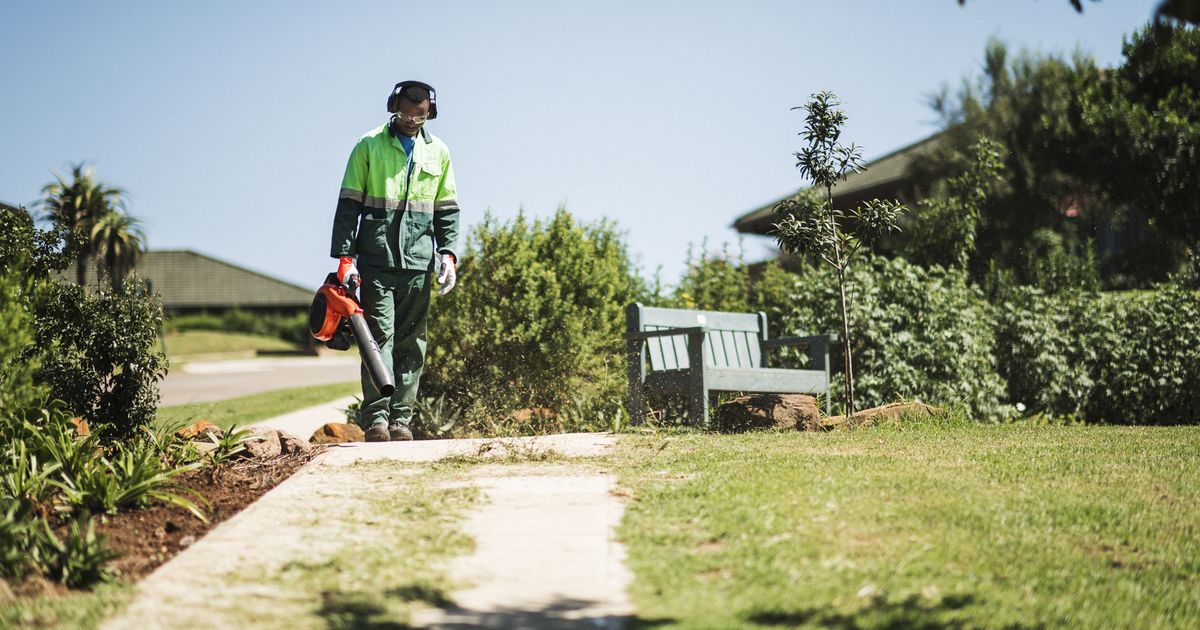
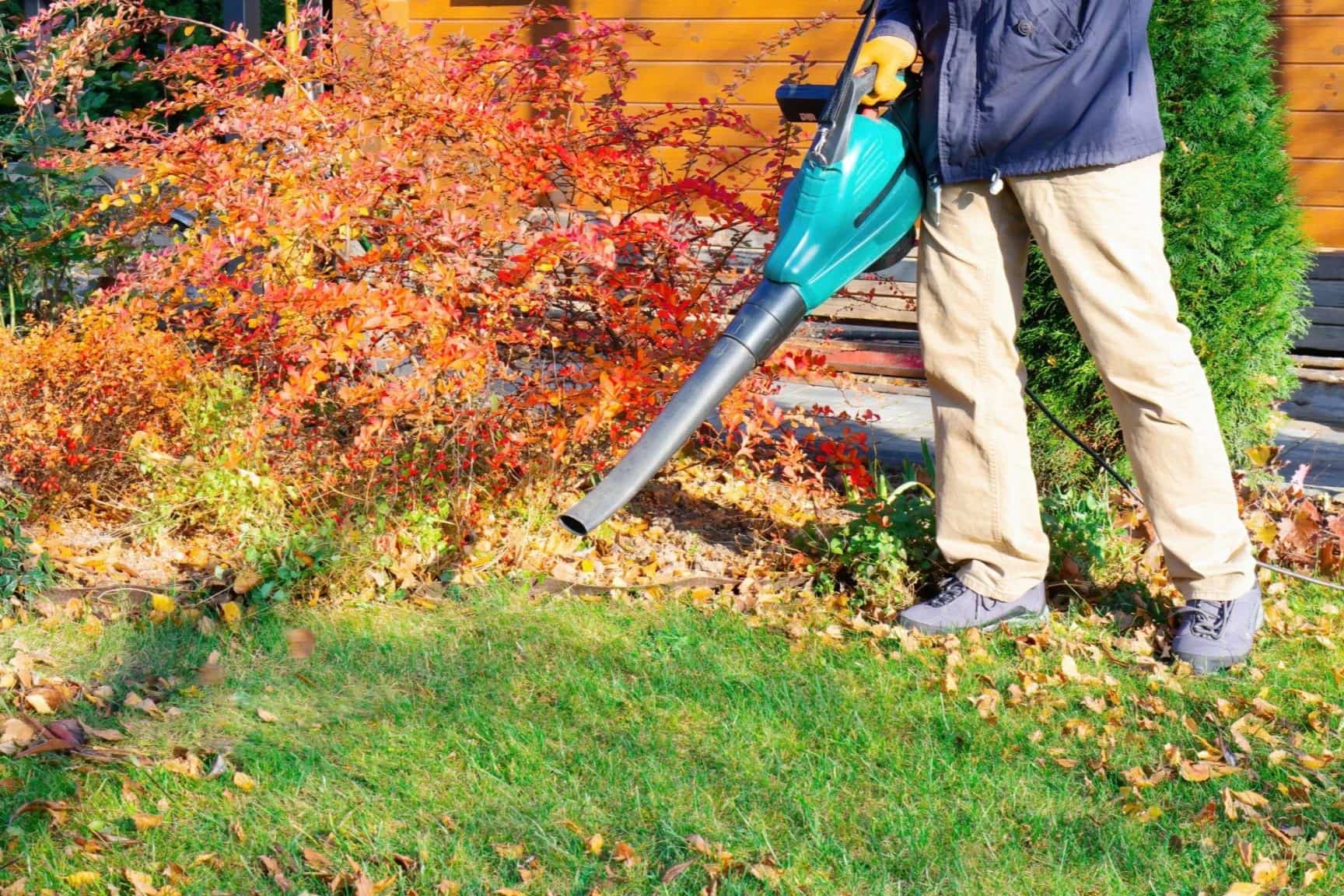
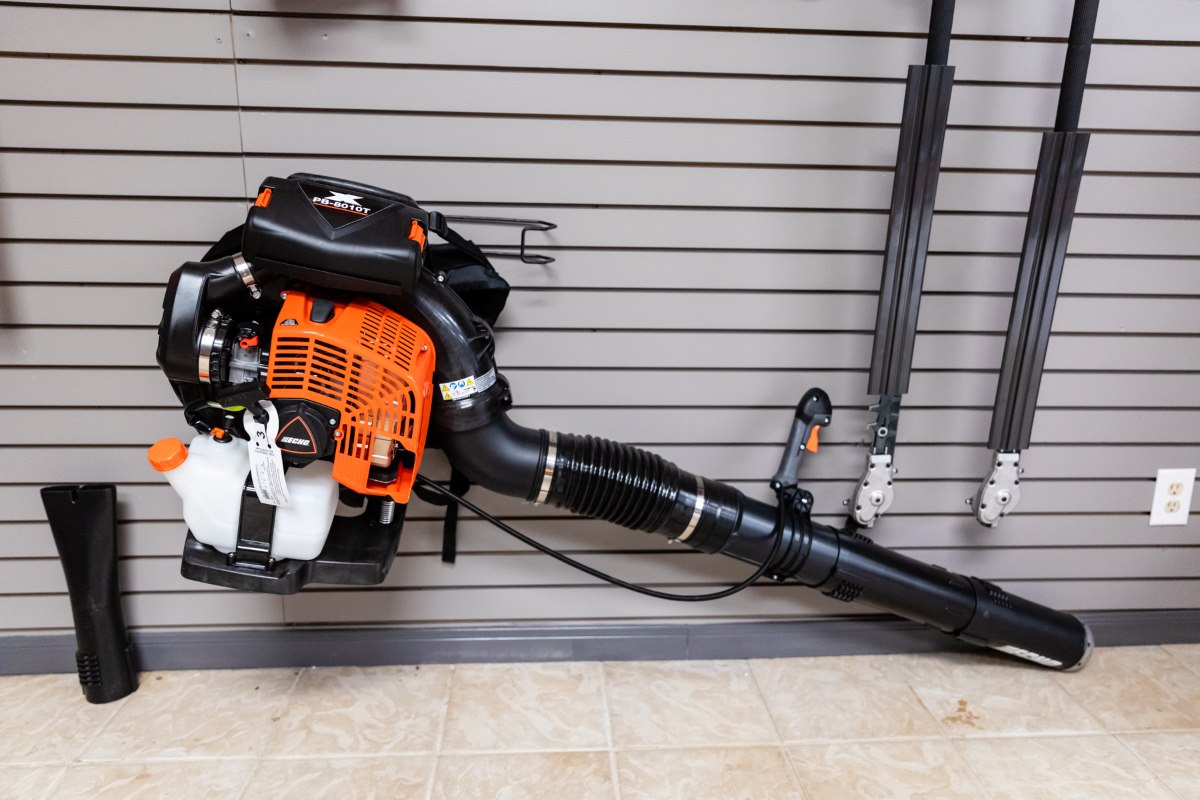
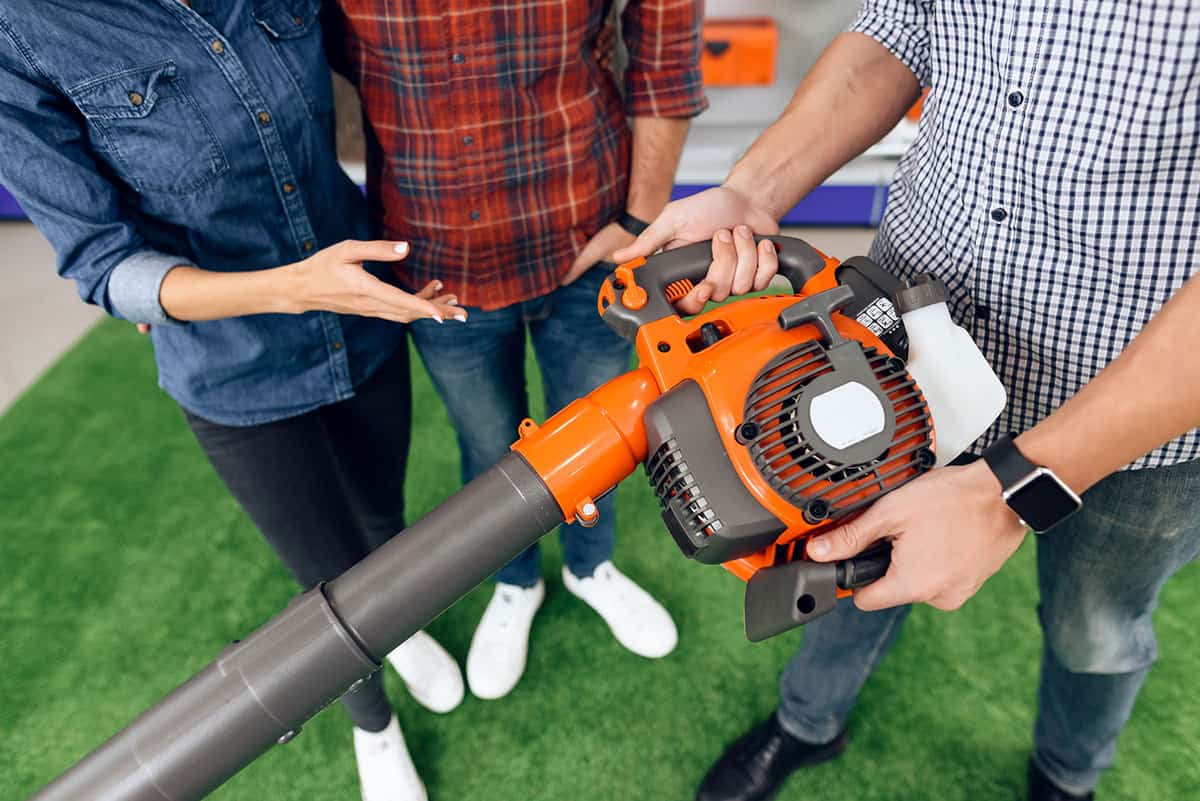
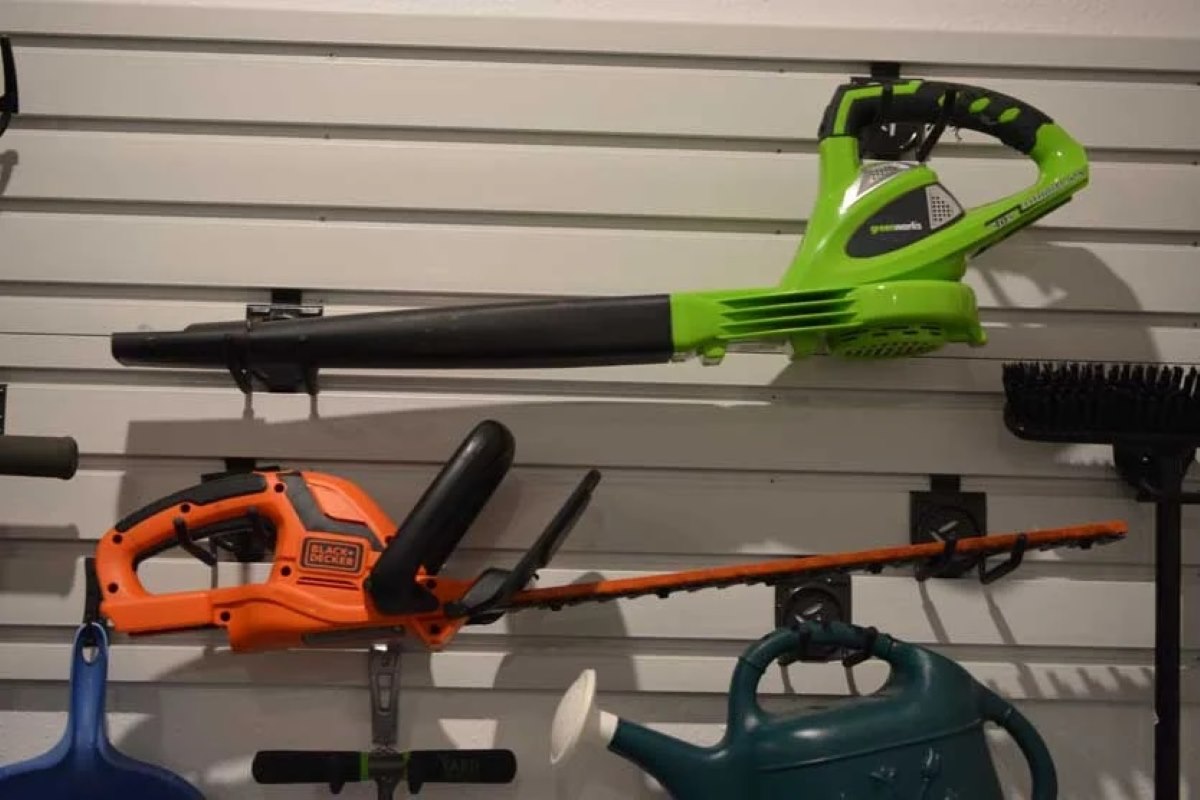
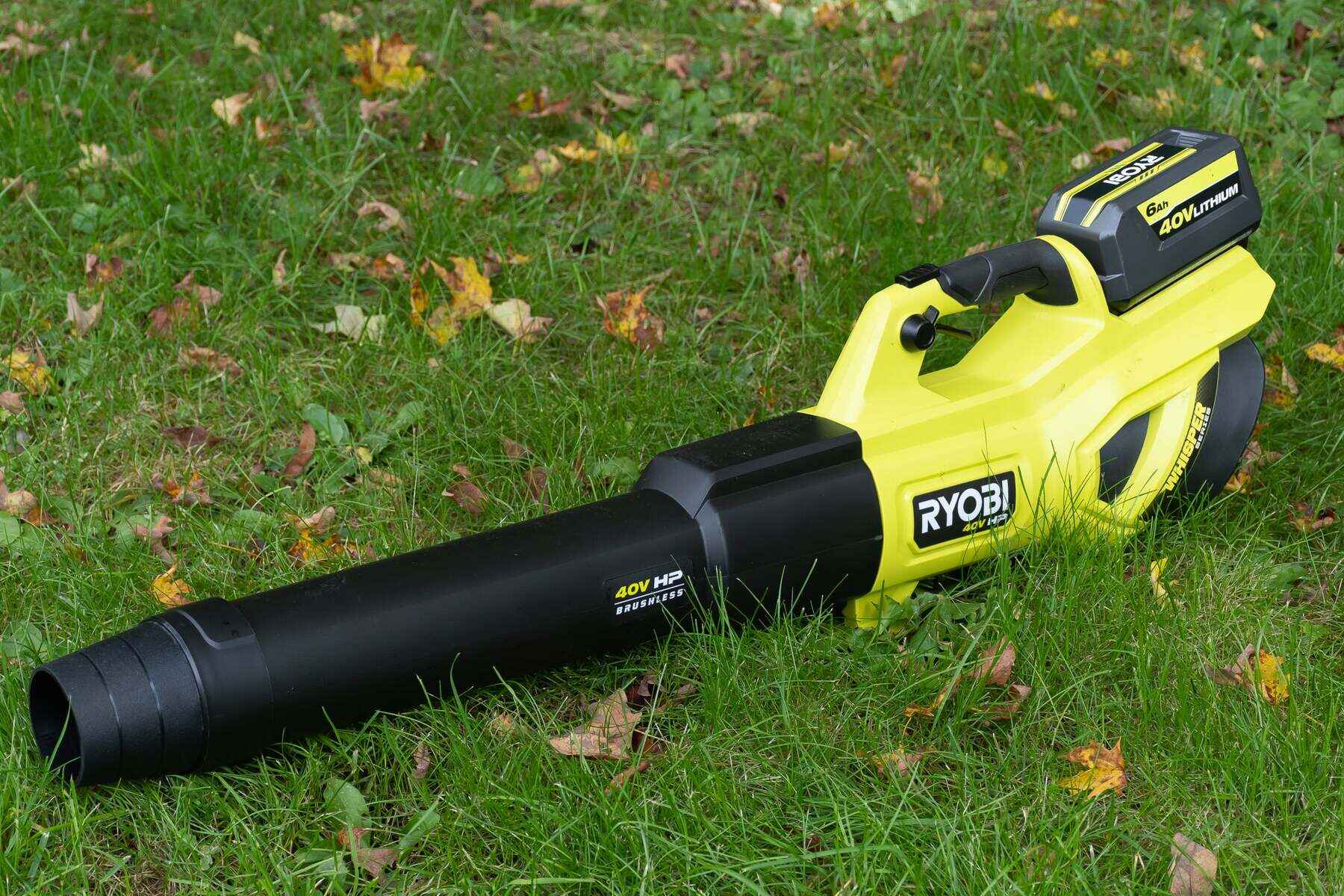
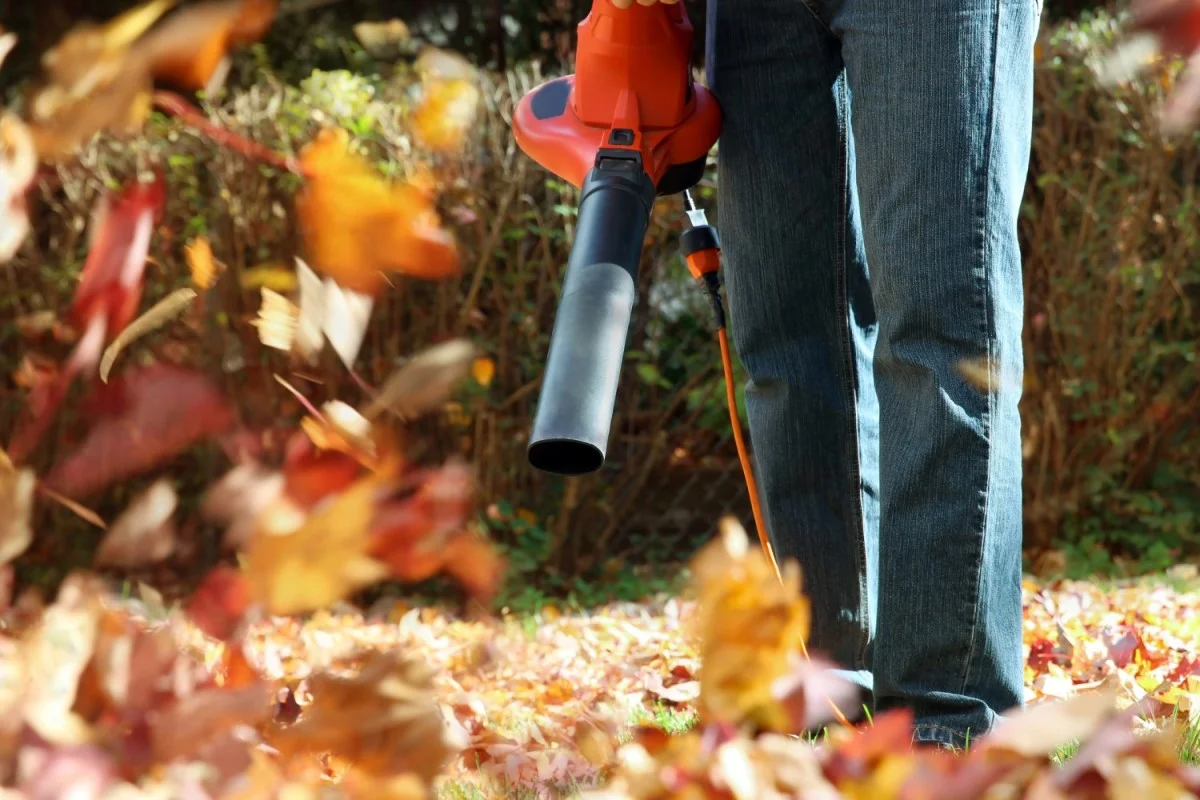
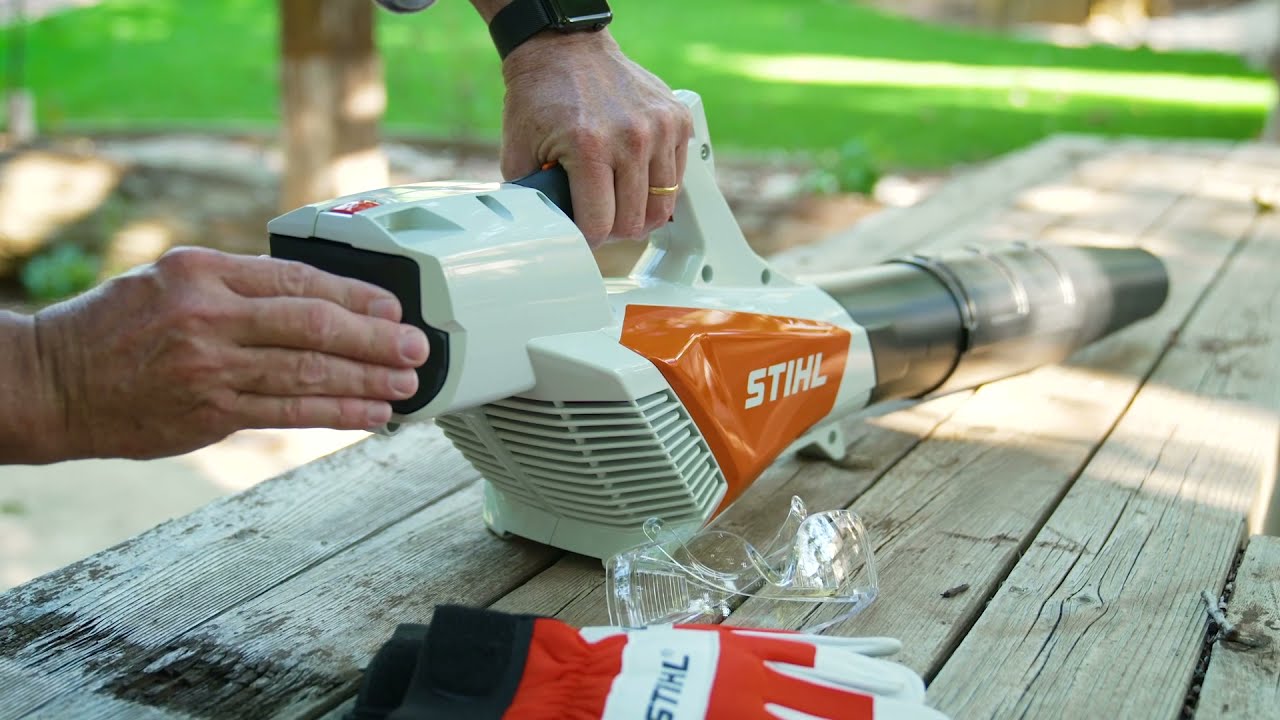
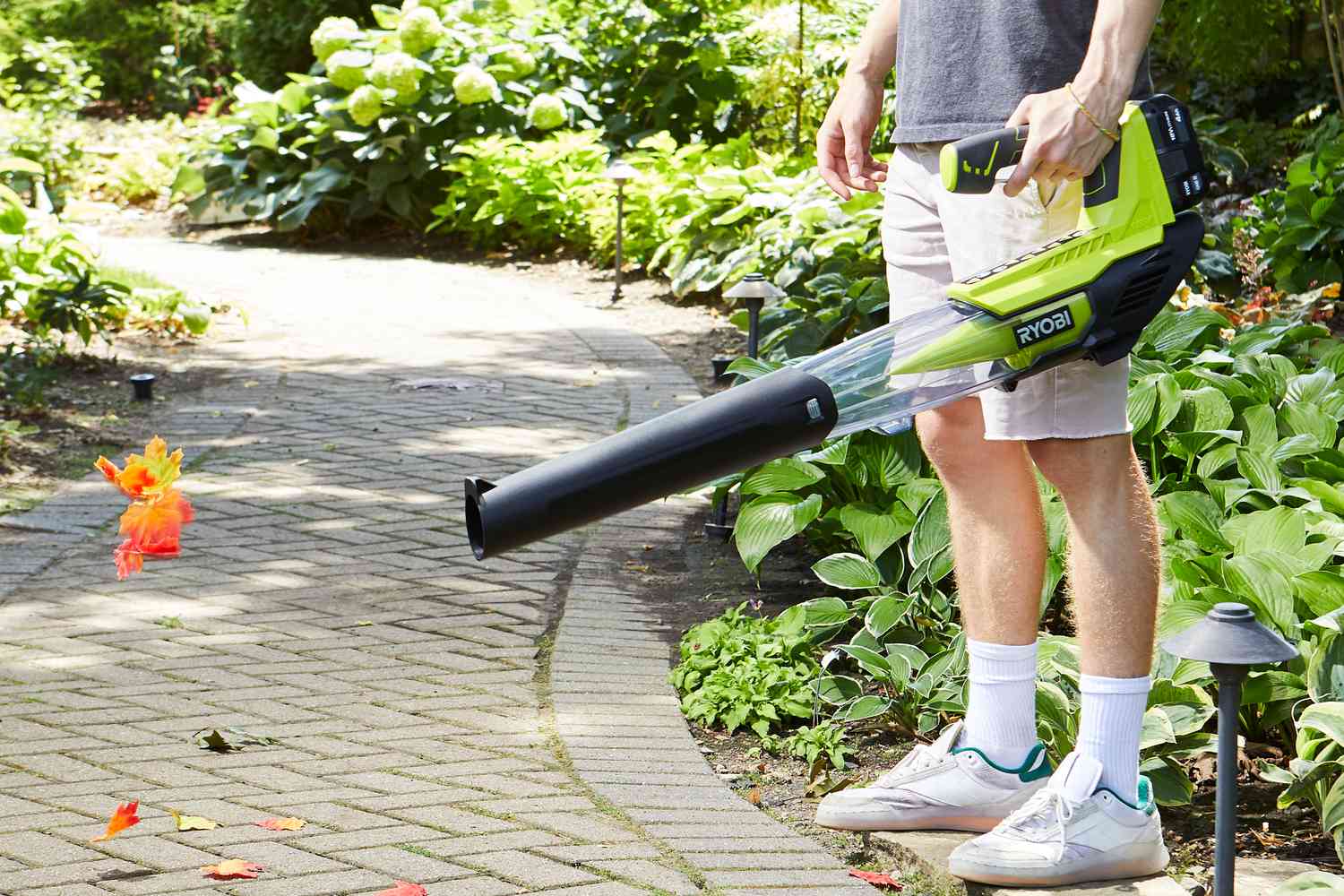
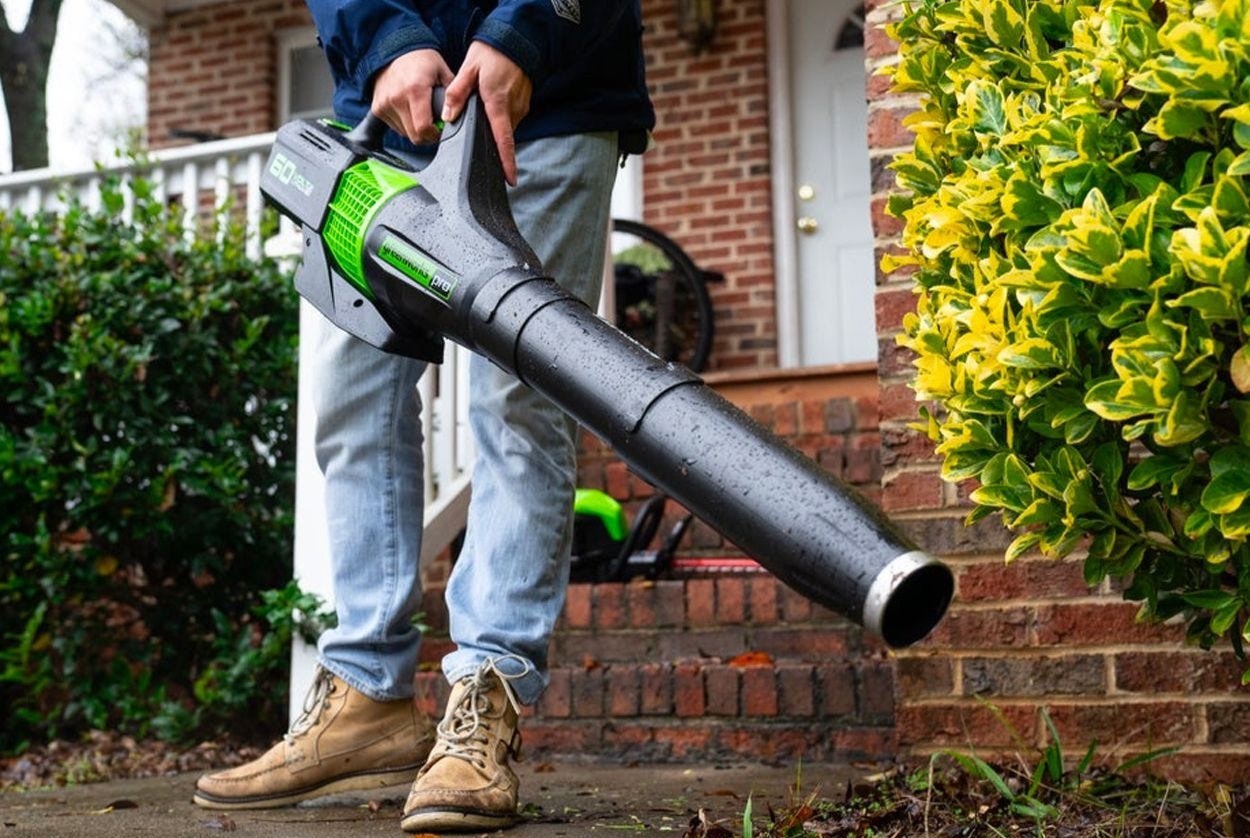
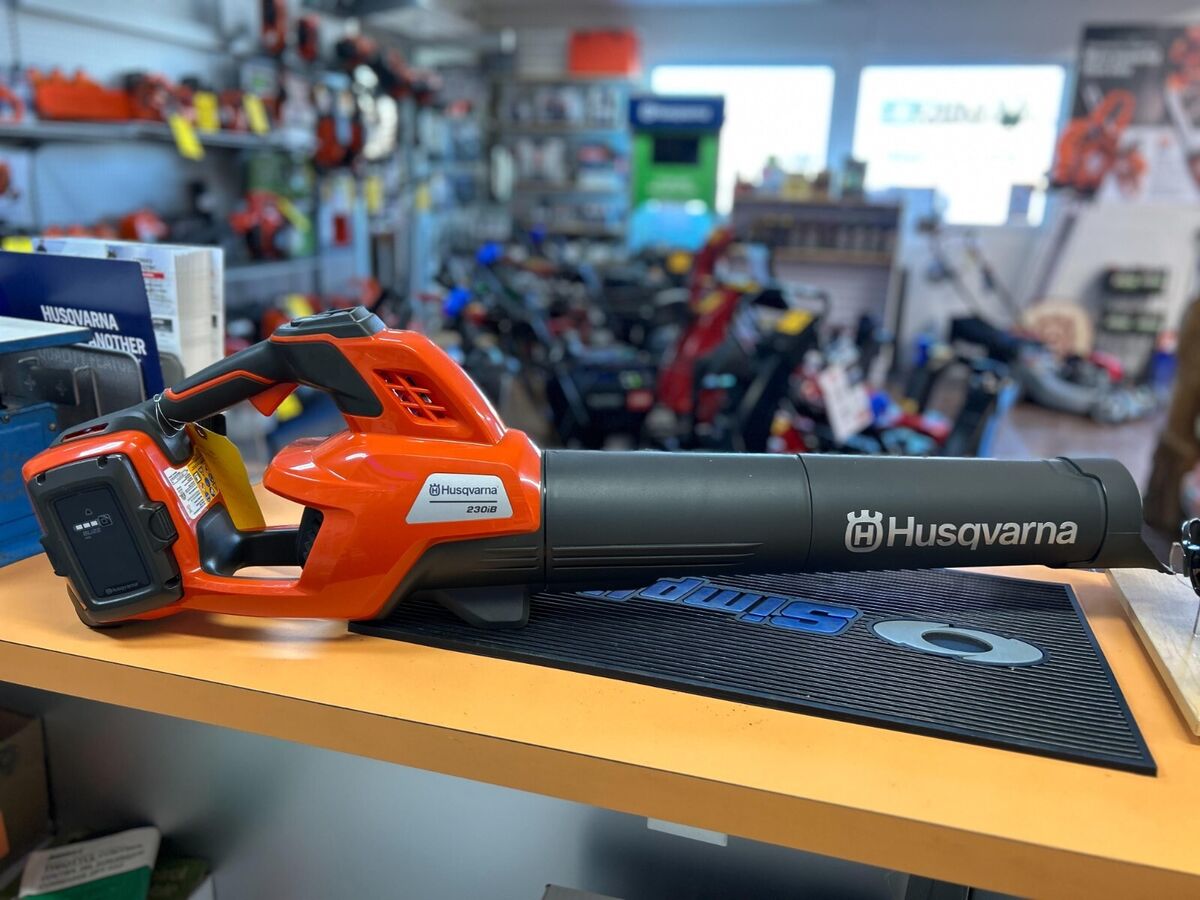
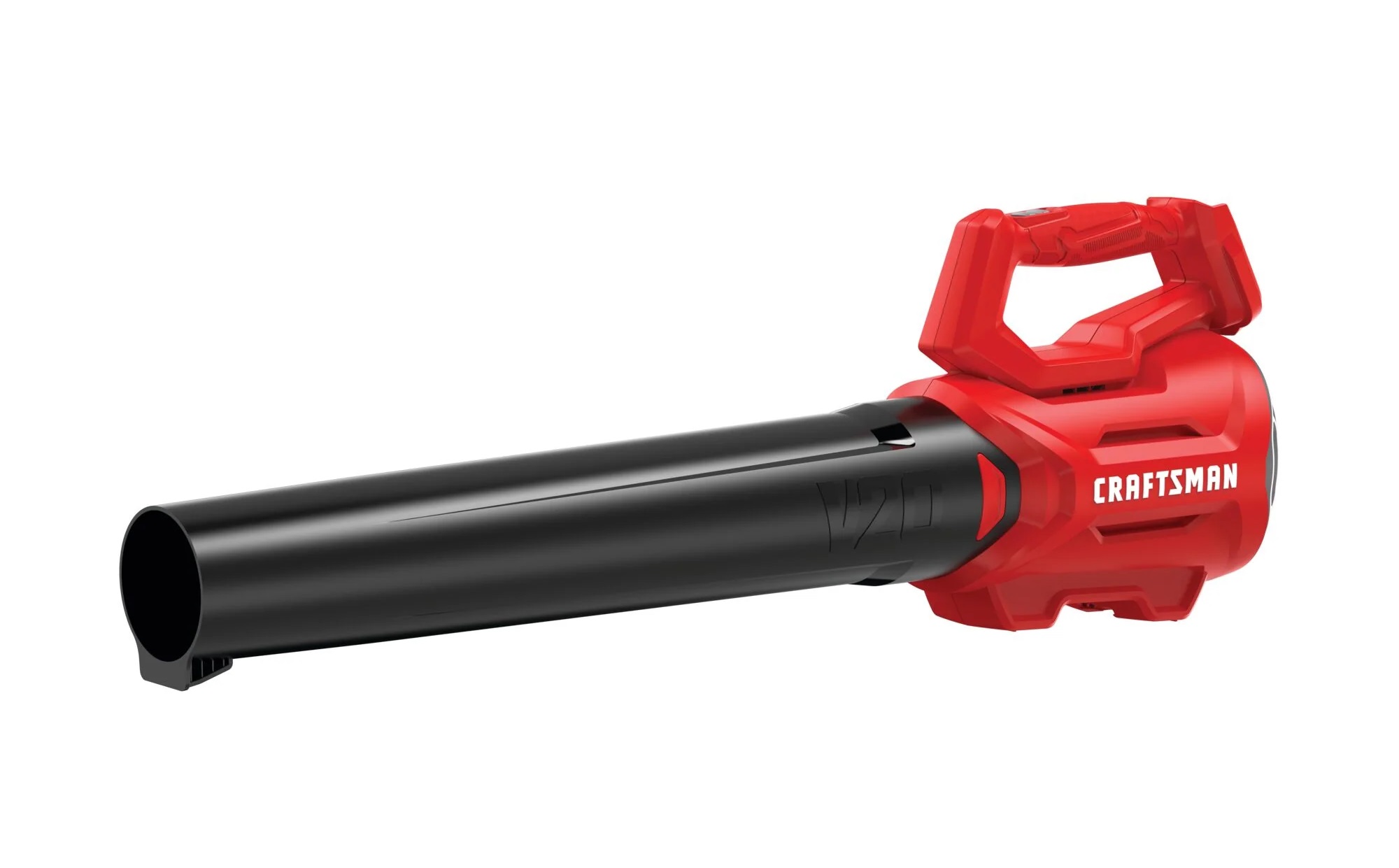
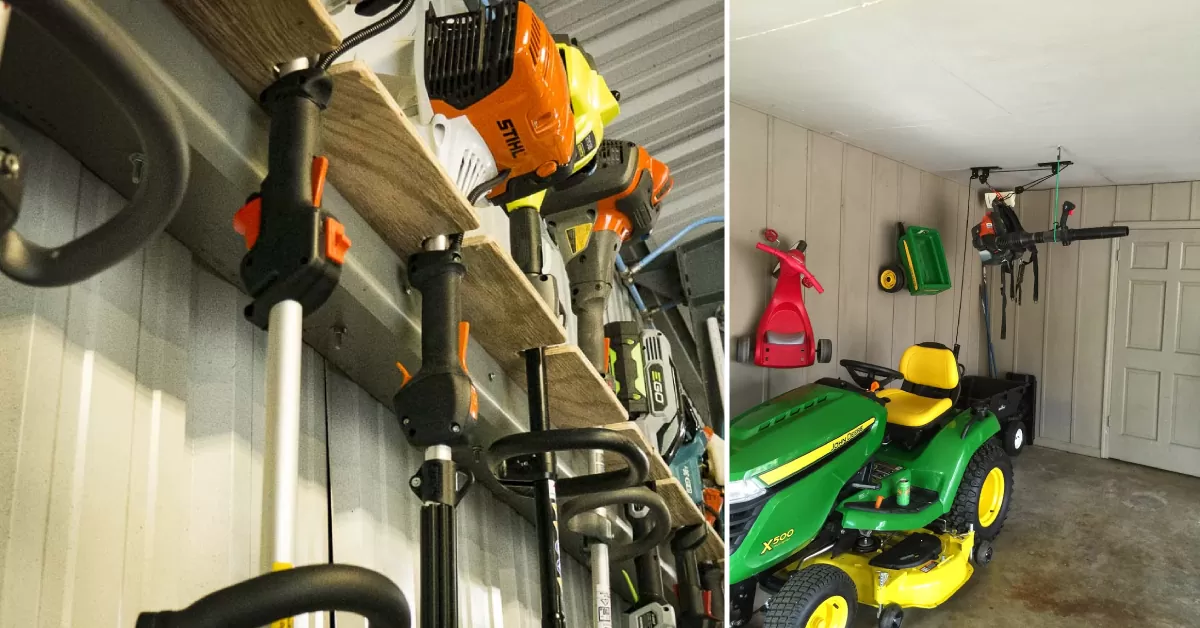

0 thoughts on “How Loud Is A Leaf Blower In Decibels”